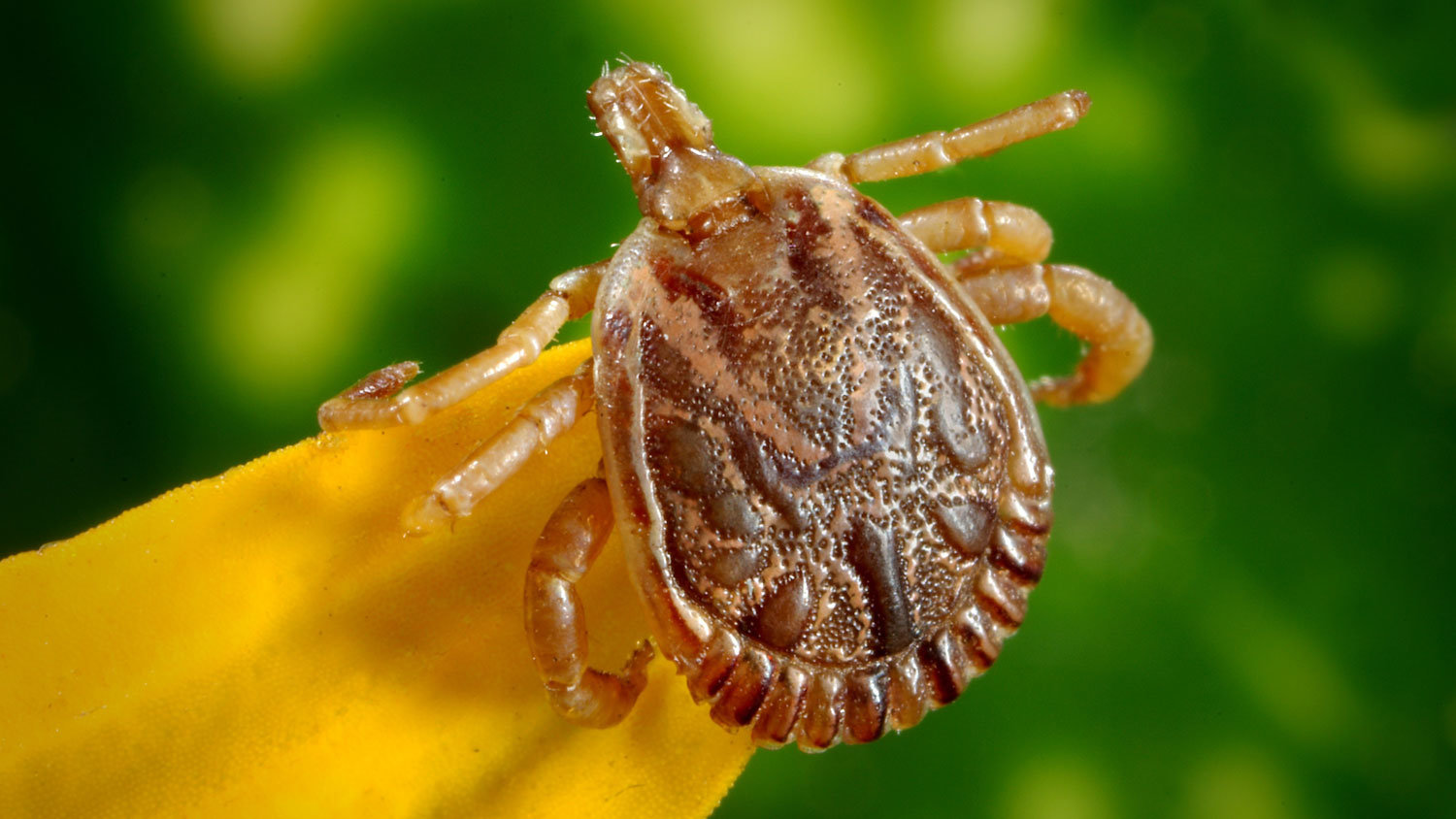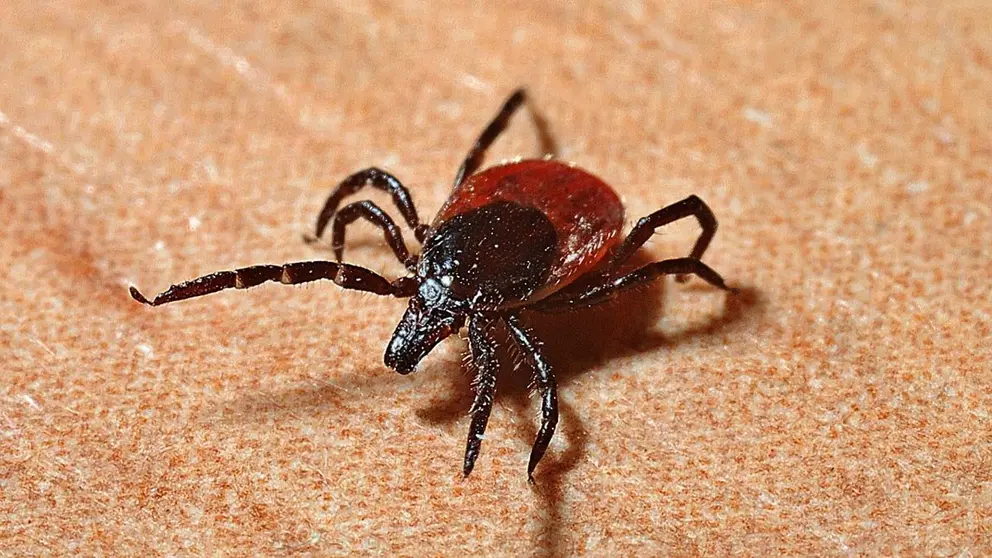With the arrival of summer, the nature of Finland comes back to life and the forests and fields are full of animals. The elk, the deer and the wild hare are the most surprising for foreigners, but it is good to know that there are others, smaller but not less dangerous, against which it is better to be forewarned.
Ticks are arachnids, typically 3 to 5 mm long, part of the order of parasitiformes. They are external parasites, living by feeding on the blood of mammals, birds, and sometimes reptiles and amphibians.
About 1,500 different tick species have been found in Finland, but there is very little information about ticks and the actual amount of species is probably much larger.
The tick density of Finnish forests is several hundreds of individuals per ten square meters. The good news is that only a small part of them pose a significant health risk.
In Finland, ticks are present most in the southern and coastal areas. However, as the winters become more mild, the ticks are spreading deeper into the hinterland and today they even appear in urban parks and at the height of Rovaniemi. Ticks have only few natural enemies, but so far their spread has been limited by Finland's harsh climate.
The most dangerous species
In Finland only two types of ticks may spread diseases: the castor bean ticks (Ixodes ricinus) and the taiga ticks (Ixodes persulcatus). Both of these species may spread the dangerous tick-borne encephalitis (TBE) or the Lyme disease. According to the Finnish Arthritis Alliance (Reumaliitto) about 15-20 percent of the ticks spread the Lyme disease and about 1,5 percent the dangerous TBE.
The best way to protect yourself against the diseases spread by the tick is to prevent the bite in advance. So, when you move around in the nature, it is recommended to use long-sleeved clothes and to check your skin areas afterwards.
What to do in case of a bite
If you find a tick attached to your skin, remove it immediately. Hold it firmly as close as possible to the skin and slowly pull it out. You can do it with tongs, ordinary tweezers or nails. It is good to clean the injection site.
Do not try to remove the tick by pouring something on it. Suppression can cause the tick to vomit, and when the stomach is emptying, the borrelia bacteria can move into the skin and increase the risk of infection.
Then follow the bite site. Tick detection does not require immediate treatment or a doctor's appointment, but you should follow the bite. If it develops around a rash over the next few weeks or there are other flu-like symptoms, you should seek medical advice.
According to Reumaliitto, about 7,000 people every year get the Lyme disease. Typical syndromes are variations in asymptomatic and symptomatic periods. Symptoms can resemble rheumatism. At its most typical, only a few big joints, such as knee or ankle, get sick. The Lyme disease is treated with antibiotics.

Another dangerous disease
The other dangerous disease spread by ticks is the TBE, a viral infectious disease involving the central nervous system. It may be transmitted by the bite of a tick within a few minutes.
This disease is often manifested as meningitis, encephalitis, or meningoencephalitis. Permanent or long-lasting neuropsychiatric consequences are observed in 10 to 20 percent of the infected patients. Mortality is up to 2 percent.
In Finland some 40 people get the TBE each year. Symptoms begin 4 to 28 days after the infection and in the first phase they may include fever and nausea. The symptoms usually last for 2-7 days and in most cases then the infection ends.
In some patients the disease progresses to the second stage: the actual inflammation of the brain. A typical symptom is high fever (often more than 39°C) with severe headaches, stiffness, nausea, vomiting and dizziness, and possibly other neurological symptoms such as dyspnoea, convulsions, or paralysis.
Although the mortality rate is very low, long-term or even persistent central nervous system symptoms may remain with the affected person. These include: memory problems, hearing damage, limb paralysis or muscle weakness.
Protect yourself and your pets
The best way to protect yourself from the TBE is to have a vaccine. The vaccine is taken as a series of three injections and the protection is obtained a couple of weeks after the second vaccination. The vaccine is suitable for both children and adults.
If you want to take a tick vaccine, contact your doctor or health center. Also private health services provide vaccination. One dose costs about 55 euros. Throughout the summer, there is also a tick bus where vaccination can be taken without an appointment. See the timetable of the bus HERE
If you have dogs or cats it is also important to protect them from tick bites. Pets can also get the same diseases spread by the tick or they can carry ticks inside of the house in their fur.
There are a variety of products available for tick control in pharmacies. If the tick bites your pet, the same instructions apply to them: remove the tick immediately and observe the bite site. If the infection occurs, take your pet to the vet.
And remember, although you must be careful about the ticks in the summer, it is good to remember that even though the Finnish winter is long and cold, it has a good side too: the ticks retreat to hibernate in the autumn when it gets cold and return to disturb us only in the spring when the temperatures rises again.











